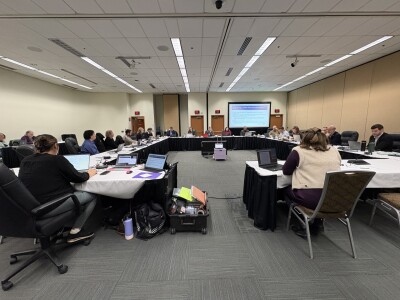KENAI -- This summer, just as they have done for generations, setnetters are working the shores of the western Kenai Peninsula, stringing out nets and hauling in hundreds of thousands of fish from the abundant sockeye salmon runs of Southcentral Alaska.
But along with those sockeyes, the setnetters also pull thousands of king salmon from the waters of Cook Inlet. And it’s those kings -- Alaska’s best-known, most-marketable fish and one that has seen increasingly troublesome declines in recent years -- that have made setnetters the target of a statewide ballot initiative that could eliminate the longtime fishery.
Last month, the Alaska Fisheries Conservation Alliance submitted 43,000 signatures to the Alaska Division of Elections to certify an initiative that would ban setnets in Alaska’s urban areas. If approved by voters, the initiative would outlaw setnets in the five designated urban areas of Alaska, including Valdez, Ketchikan, Fairbanks -- and the Kenai Peninsula.
At its heart, the ballot initiative is about the same thing that most fishery disputes are about in Alaska: the merits of sport-versus-commercial fishing, and how fish that both of those groups target are managed. Sport fishermen say it’s the setnetters threatening the kings of Southcentral; setnetters say it’s the other way around.
In the case of the declining kings, as the runs dwindle, both sides of the debate are losing something. And if the setnetting ban passes in 2016, one group says they stand to lose everything.
Read the full story at the Alaska Dispatch >>
Read more about setnetters >>






